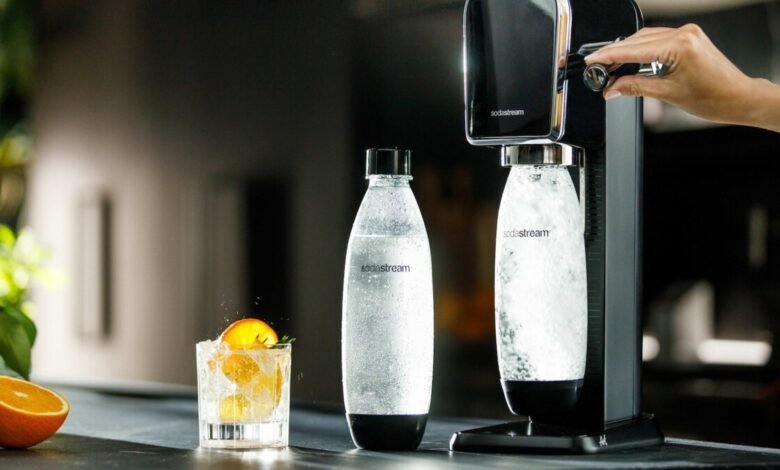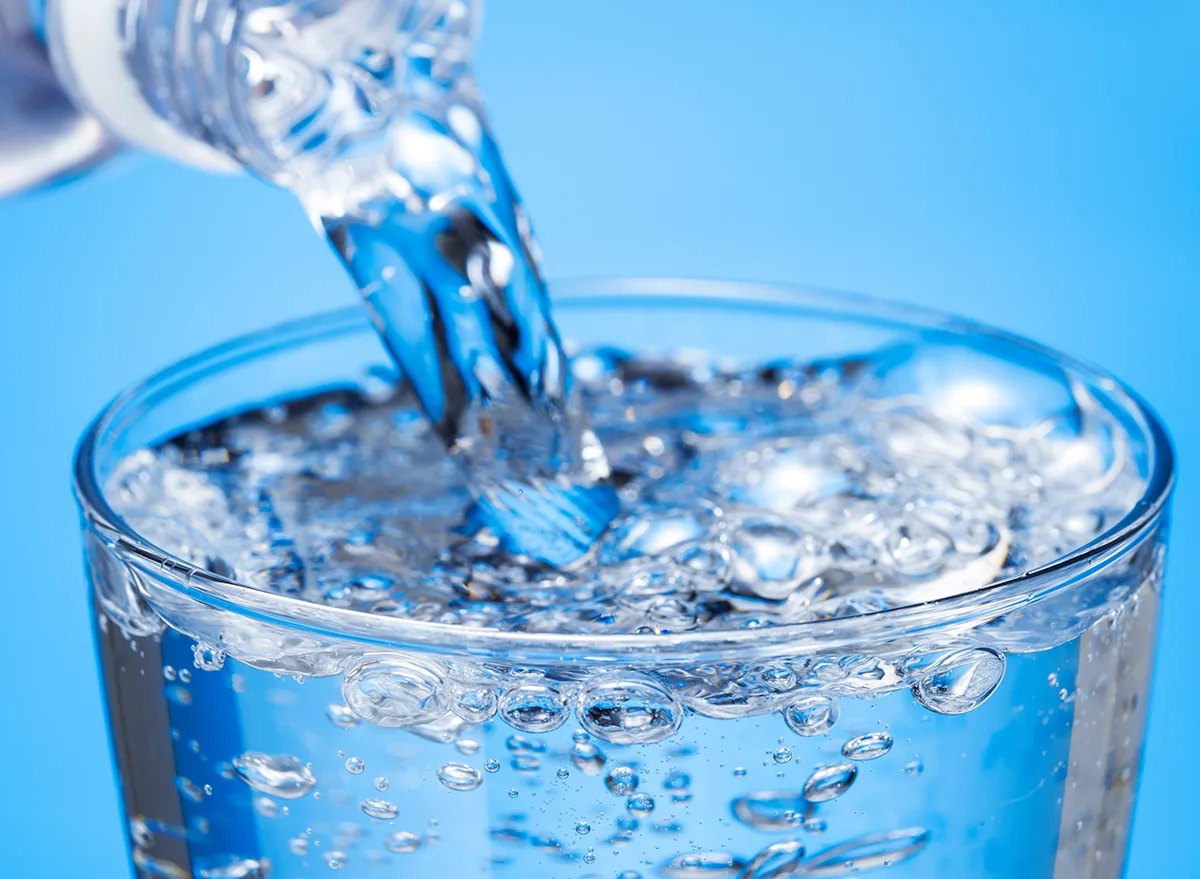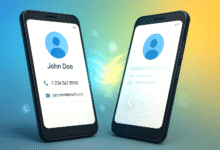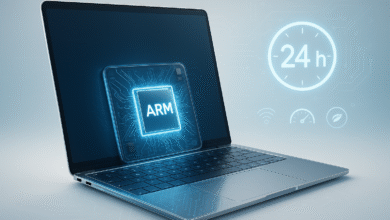
Are you a fan of refreshing sparkling water? Instead of constantly buying it from the store, why not try making your own at home? Not only is it a fun and satisfying process, but you also have full control over the flavors and carbonation levels. In this article, we will guide you through the process of making sparkling water in the comfort of your own kitchen. So grab your sparkling water maker, and let’s get started!
Sparkling water, also known as carbonated water or soda water, is a refreshing beverage enjoyed by many people around the world. It’s essentially water that has been infused with carbon dioxide, resulting in a bubbly and fizzy texture. While store-bought sparkling water is readily available, making your own at home can be a rewarding experience and allow for endless customization options.
Read more: The Ultimate Guide to Health and Fitness in Pakistan
Understanding Sparkling Water

Before we dive into the process of making sparkling water at home, it’s important to understand the basic science behind it. Sparkling water gets its bubbles from carbon dioxide gas, which is dissolved into the water under pressure. When the pressure is released, the carbon dioxide forms bubbles, creating that delightful fizziness.
The Benefits of Making Sparkling Water at Home
There are several advantages to making sparkling water at home:
- Cost-effective: Making your own sparkling water is much more affordable in the long run compared to buying it from the store.
- Customization: You have the freedom to experiment with different flavors and carbonation levels to suit your taste preferences.
- Healthier Option: Homemade sparkling water allows you to avoid added sugars, artificial flavors, and preservatives that are often found in store-bought alternatives.
- Environmentally Friendly: By making your own sparkling water, you can reduce plastic waste from store-bought bottles and cans.
Necessary Equipment and Ingredients
To get started, you’ll need a few essential items:
- Sparkling water maker: This device allows you to carbonate water easily. There are various types available, ranging from manual to electric models.
- Carbon dioxide (CO2) cartridges or canisters: These provide the carbonation for your water. Check the compatibility with your sparkling water maker.
- Fresh water: Choose high-quality water, such as filtered or mineral water, for the best results.
- Flavorings (optional): If you prefer flavored sparkling water, you can add natural extracts, fruits, or herbs to enhance the taste.
Preparing the Water
Start by filling a clean, empty bottle with cold water. It’s essential to use cold water as carbon dioxide dissolves better in lower temperatures. Leave some headspace in the bottle to accommodate the carbonation process. Remember, the amount of water you use will determine the yield of sparkling water.
Carbonation Process
Next, attach the bottle of water to your sparkling water maker according to the manufacturer’s instructions. Ensure a tight seal to prevent any gas from escaping. Activate the carbonation process, which usually involves pressing a button or lever. This will release the carbon dioxide into the water and carbonate it.
Adding Flavor (Optional)
If you desire flavored sparkling water, this is the step to get creative. You can add natural flavorings such as citrus fruits, berries, or herbs to the carbonated water. Simply squeeze the juice or add slices of your chosen flavorings into the bottle. Allow the flavors to infuse for a few minutes before moving on to the next step.
Storing and Serving
Once you’ve carbonated and flavored your water (if desired), it’s time to store and serve it. Seal the bottle tightly with a cap or stopper to preserve the carbonation. Store the bottle in the refrigerator for a few hours to chill and further enhance the carbonation. When you’re ready to serve, pour the homemade sparkling water into a glass or add ice cubes for a refreshing experience.
Safety Precautions
While making sparkling water at home is generally safe, it’s important to follow a few precautions:
- Read and follow the instructions provided by your sparkling water maker manufacturer.
- Only use food-grade carbon dioxide cartridges or canisters specifically designed for your sparkling water maker.
- Avoid overcarbonating the water, as excessive pressure can cause the bottles to burst.
- Keep children away from the carbonation process and store carbon dioxide cartridges out of their reach.
Troubleshooting Tips
If you encounter any issues during the process, here are some troubleshooting tips:
- Insufficient Carbonation: Ensure that you’re using fresh carbon dioxide cartridges and follow the recommended carbonation duration for your sparkling water maker.
- Flat Taste: If your sparkling water lacks fizz, try carbonating it for a longer duration or using a higher carbonation level.
- Leakage: Check for any loose connections or damaged seals in your sparkling water maker and tighten them if necessary.
- Flavor Intensity: Experiment with different quantities and combinations of flavorings to achieve your desired taste.
Conclusion
In conclusion, making sparkling water at home allows you to indulge in a delightful and customizable beverage. With the right equipment, ingredients, and a little creativity, you can enjoy the refreshing fizziness of sparkling water while avoiding unnecessary additives and reducing plastic waste. So why not give it a try and embark on your sparkling water-making journey today? Cheers to your homemade bubbles of joy!
Making sparkling water at home is a rewarding and cost-effective way to enjoy a refreshing beverage. With the right equipment and a few simple steps, you can create your own customized sparkling water with the perfect level of carbonation and flavor. By taking control of the process, you can enjoy a healthier and environmentally friendly alternative to store-bought options.
Read more: The Impact of Pollution on Health in Pakistan
FAQs
Can I reuse store-bought sparkling water bottles for homemade sparkling water?
It’s generally not recommended to reuse store-bought bottles as they may not be designed to withstand the pressure of carbonation. Instead, use bottles specifically made for sparkling water or opt for reusable glass bottles.
How long does homemade sparkling water stay carbonated?
The carbonation levels can vary depending on factors such as the quality of the water, the carbonation process, and the storage conditions. On average, homemade sparkling water can retain its fizz for up to a week when stored properly in a sealed container in the refrigerator.
Can I adjust the carbonation level of homemade sparkling water?
Yes, you can control the carbonation level according to your preference. Most sparkling water makers have adjustable settings that allow you to choose between light, medium, or high carbonation.
Can I carbonate beverages other than water?
While sparkling water makers are primarily designed for carbonating water, you can experiment with carbonating other clear beverages such as fruit juices or teas. However, be cautious as certain liquids can cause clogs or damage to the machine.
Is homemade sparkling water healthier than soda or sugary drinks?
Homemade sparkling water is generally considered a healthier option compared to sugary sodas or artificially sweetened drinks. By making it at home, you have control over the ingredients, avoiding added sugars and artificial additives commonly found in commercial beverages.











